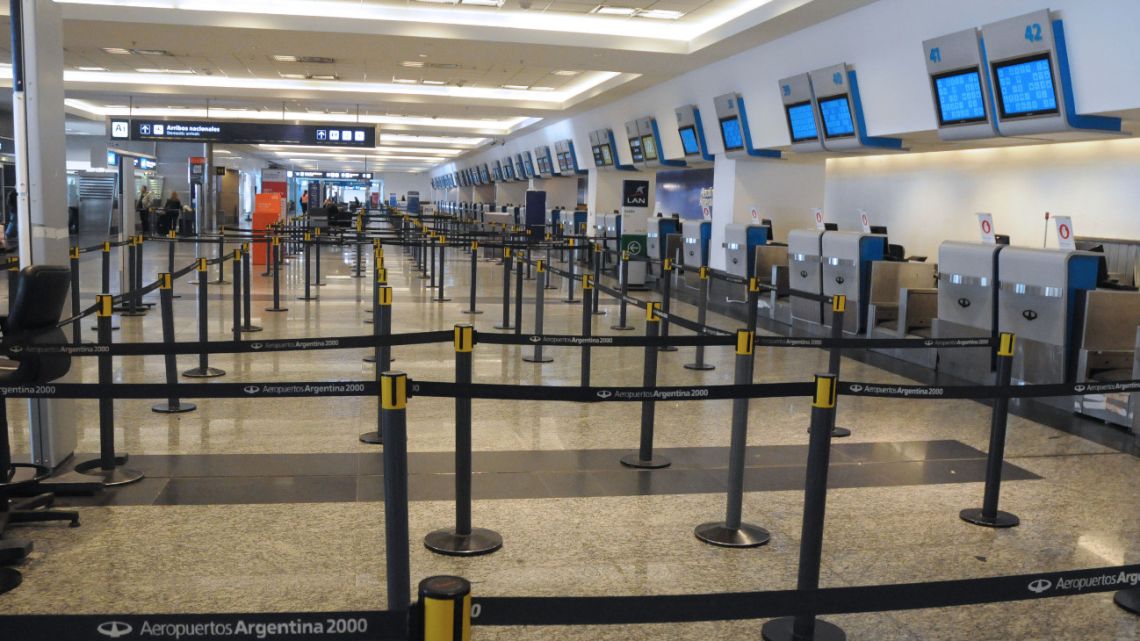Covidcontrols is a new interactive travel map for travelers in the age of covid.
Covid Controls tracks travel restrictions and Covid-19 data from around the world to provide “everything a foreign visitor needs to know” before traveling.
Information is presented in color-coded maps, and countries can be clicked or searched by name to determine which places are allowing tourists (and which are banning them), whether airports are open, and whether documentation and medical testing are required to enter.
Lockdown details, if any, are also provided, allowing travelers to check whether curfews are in effect and if restaurants, bars, shops and tourist attractions are open — with or without restrictions.
The Covid-19 data is particularly helpful to understand the extent of a country’s current outbreak. Travelers can review new daily cases, the number of people presently sick, containment statistics and outbreak trends.
“It shows where the curve is flattening, growing or declining,” he said.
Data can be found for each of the 50 states of the United States, Canada’s 13 provinces and territories, Russia’s eight federal districts, and Australia’s six states plus two major territories.
At the bottom of each destination page, a list of sources is available, followed by links to recent media coverage of the area. For example, you can see that while the Dominican Republic is open to tourists, the Miami Herald reported that hospitals there reached capacity with Covid-19 patients about two weeks ago, which may affect your decision to travel there
The website added a new feature this week. Users can now indicate where they live (or have recently traveled) to see which countries they can visit.
This way you’ll be able to visualize, for example as an American resident, exactly which countries you are allowed, allowed with restrictions, or completely prohibited.
The designation of some countries as “partially allowed” is based on how welcoming the government is to tourists. Factors for that determination include: the number of entry points, limits on tourist activities (such as closed regions or attractions) and quarantine and entrance requirements (such as medical tests, tracing apps, insurance or other documents).
Some U.S. states and the U.K. do not report recoveries. The team now uses a methodology to estimate that data; if a case is not marked as a death or hospitalization after six weeks, they assume it to be a recovered case. Those assumptions will be clearly marked as estimates.
Covid Controls tracks over 500 official sources, including the U.S. Department of Health and Human Services, various tourism boards, official foreign travel advisories and local news agencies. It’s updated daily, and information is curated both algorithmically and manually.
Medical data comes from the World Health Organization, The Covid Tracking Project (a volunteer organization launched from The Atlantic) and the Centers for Disease Control and Prevention.

